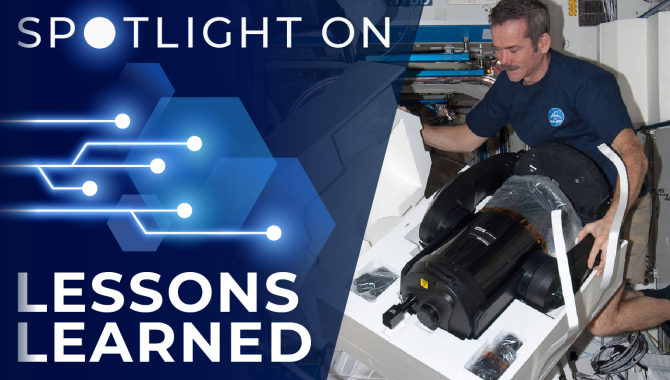
Specific events and obstacles encountered during the design and development of the ISERV payload provide the basis of an applicable program management lesson learned.

Specific events and obstacles encountered during the design and development of the ISERV payload provide the basis of an applicable program management lesson learned.
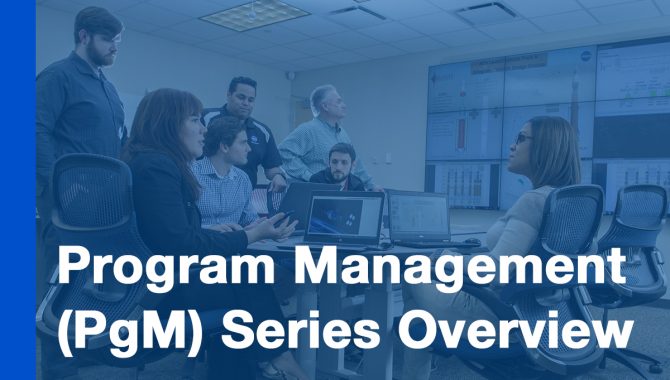
PgM Series features facilitated seminars on program management.
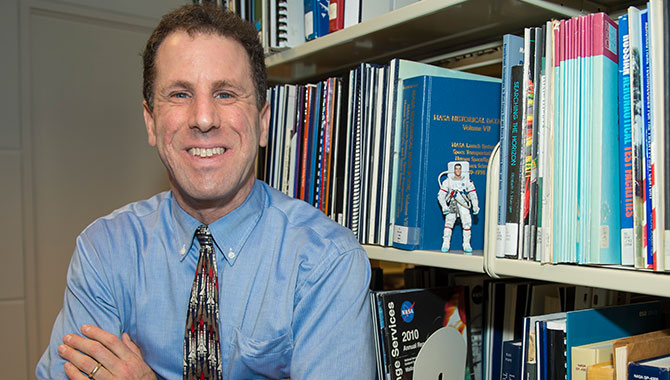
Stephen Garber discusses knowledge sharing through the NASA History Division.
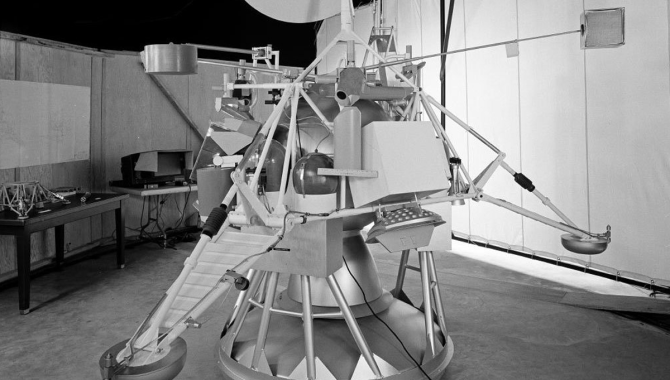
Robotic lander series demonstrated lunar surface would support Apollo’s Lunar Module.
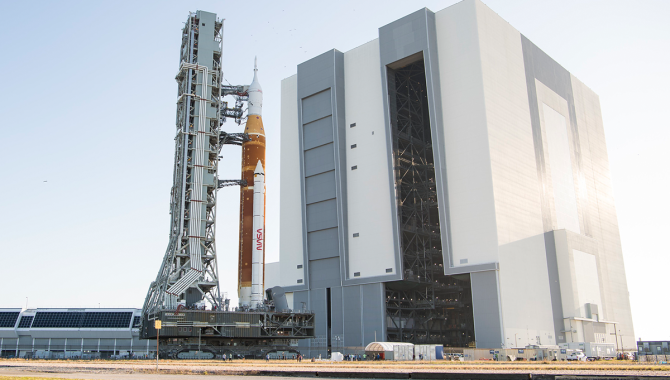
Small Steps, Giant Leaps series features engineering leaders.
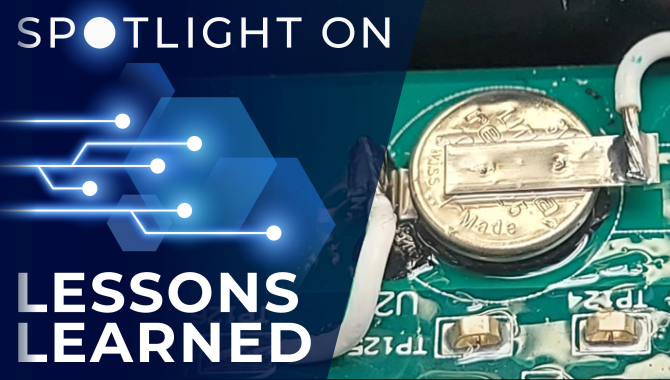
An issue with a button battery holder appears to be the cause of an unplanned reset of the Real-Time Clock on the International Space Station Urine Processing Assembly.
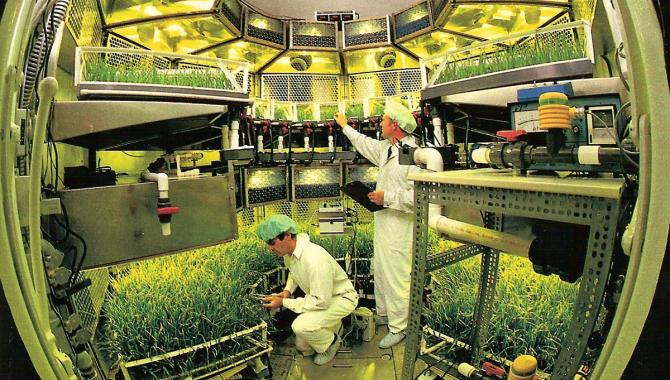
Publication highlights NASA technology improving life on Earth.
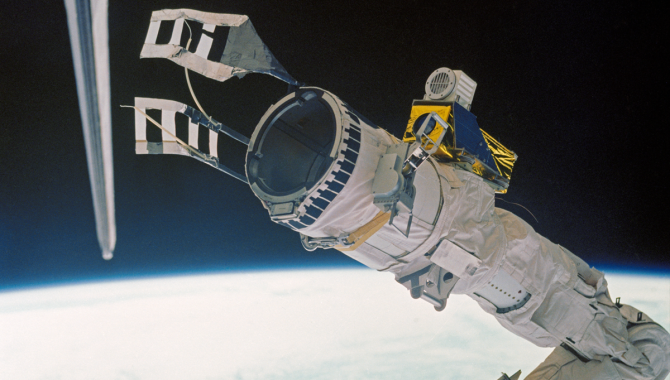
Well-trained shuttle crew works to activate malfunctioning satellite.
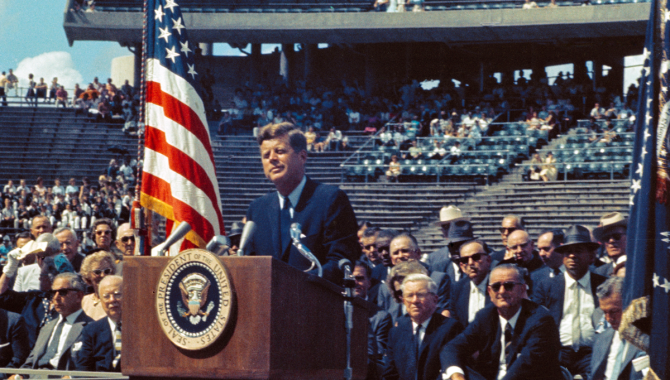
How leaders can foster cognitive diversity and align personal and organizational goals.